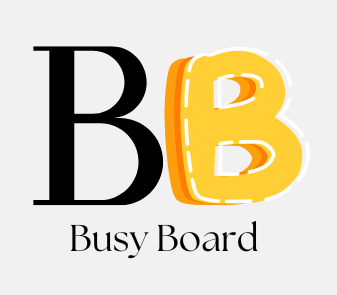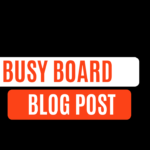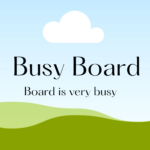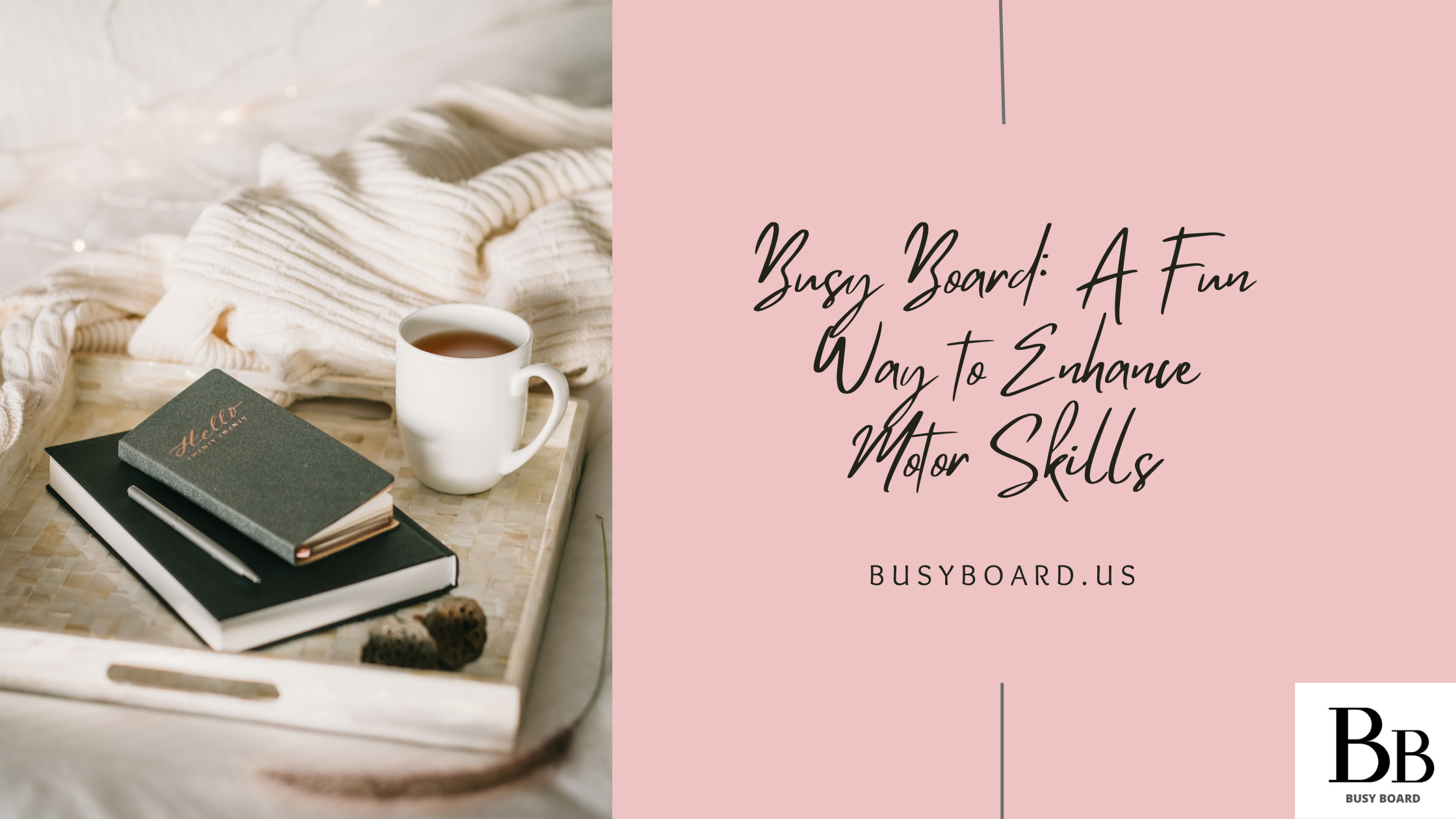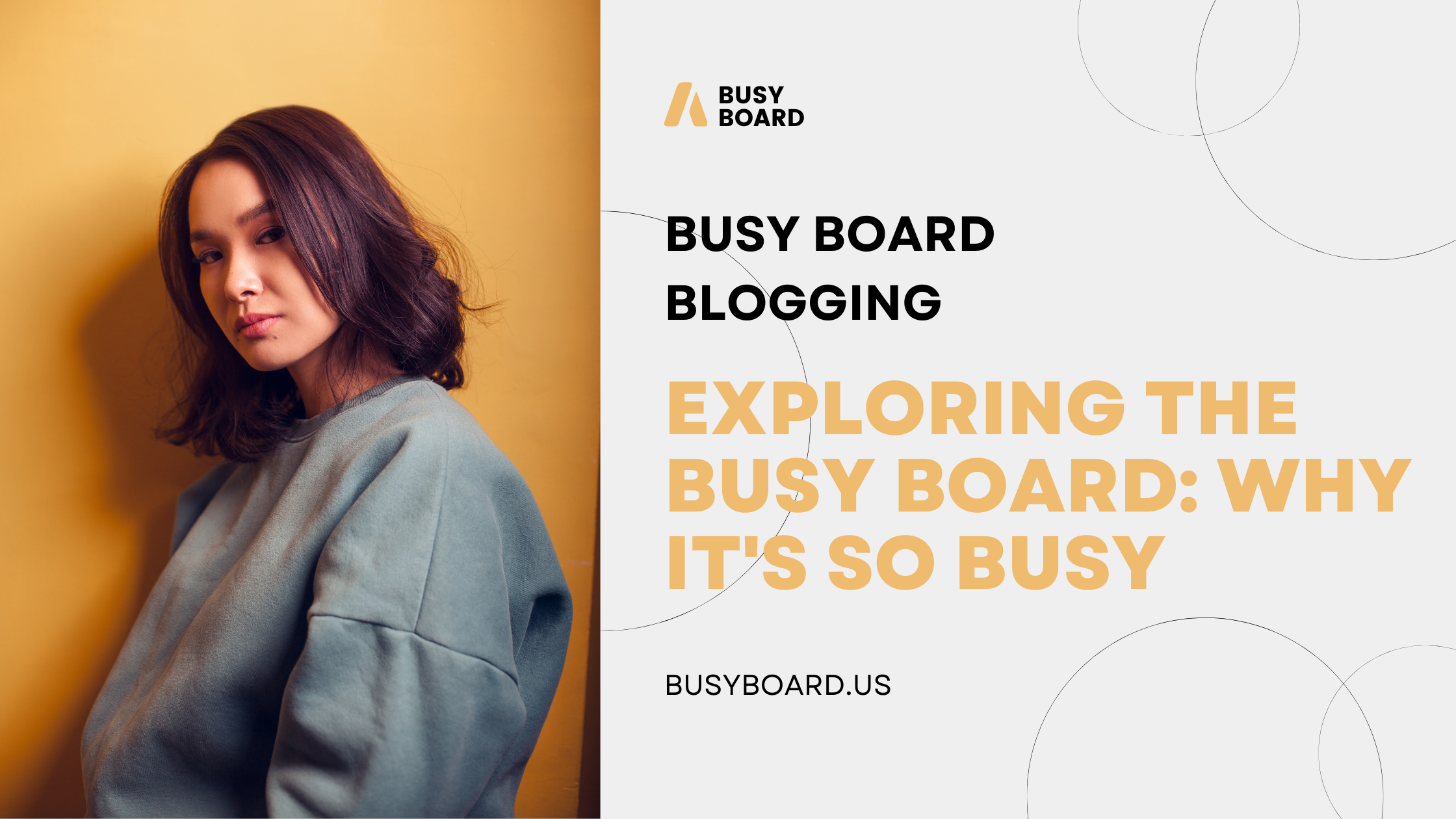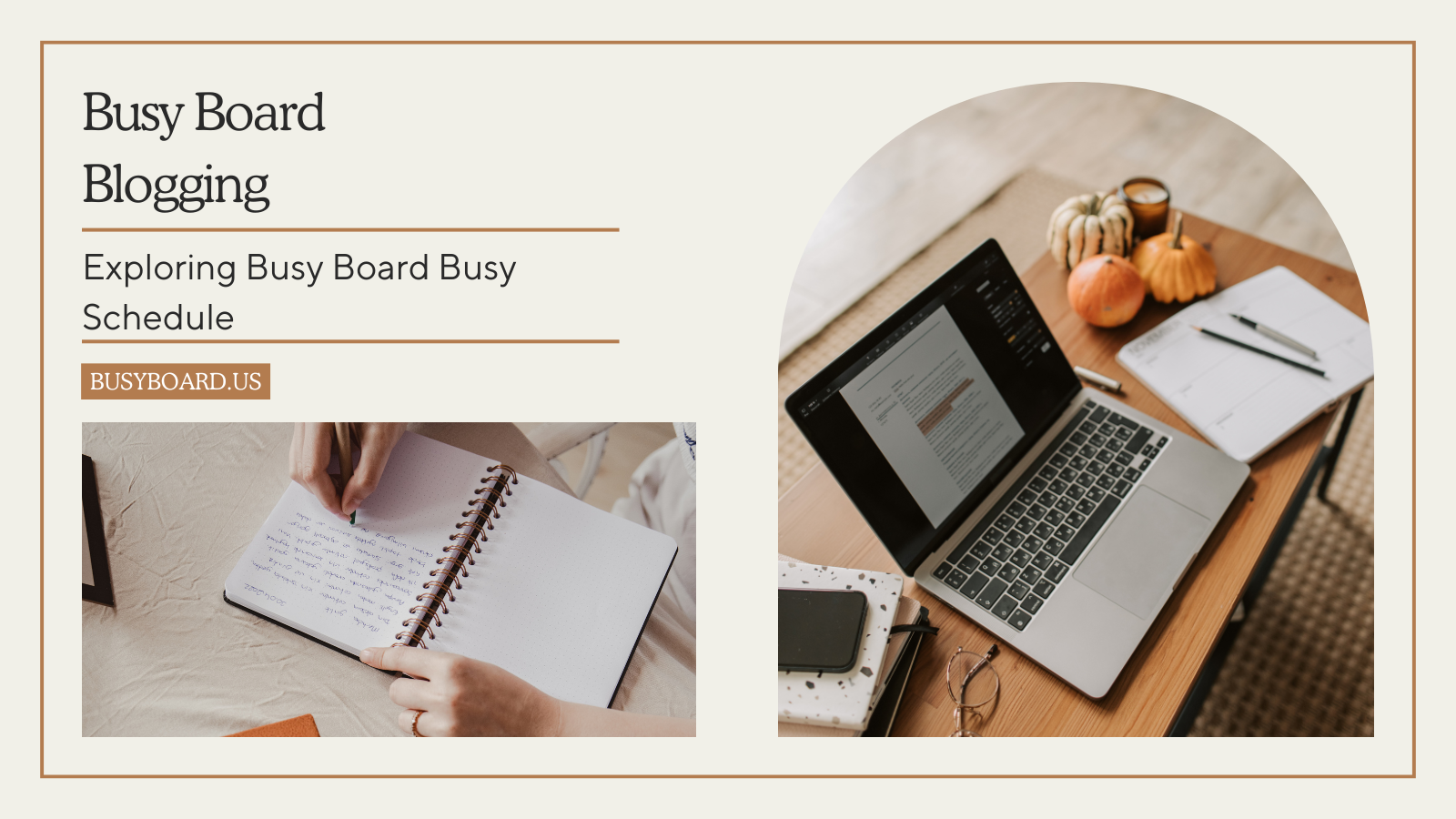Introduction to Busy Boards
Busy board additionally referred to as pastime forums or sensory boards, are interactive and tasty gear designed to stimulate the senses and inspire hands-on mastering. They are specifically popular for young kids, presenting a safe and fun manner to explore specific textures, shapes, and mechanisms. Custom busy forums take this concept a step further via permitting parents and caregivers to tailor the sports to healthy a child’s particular hobbies and developmental desires.
Benefits of Busy Boards
Cognitive Development
Busy forums assist in cognitive improvement by means of encouraging hassle-solving and critical wandering. Each activity on the board offers a completely unique challenge that stimulates a baby’s brain.
Fine Motor Skills
Manipulating the various elements on a busy board helps improve fine motor skills. Turning knobs, starting latches, and sliding locks require unique movements, which fortify hand-eye coordination and dexterity.
Sensory Exploration
Busy forums provide a rich sensory enjoyment. They comprise specific textures, colors, and sounds that stimulate an infant’s senses, assisting in sensory processing and integration.
Independence and Confidence
As children interact with the busy board, they learn to solve problems independently. This fosters a sense of accomplishment and builds self-self belief.
Designing a Custom Busy Board
Understanding Your Child’s Interests
Before beginning on your custom busy board, take a look at your toddler’s hobbies and choices. Do they revel in turning knobs, pressing buttons, or opening and ultimate latches? Understanding those preferences will assist you design a board that captures their interest and keeps them engaged.
Choosing the Right Materials
Base Material
The base of the busy board should be sturdy and safe. Plywood or MDF boards are famous choices due to their durability and simplicity of customization.
Activity Components
Select a variety of components that are safe and appropriate for your child’s age. Common items include:
- Locks and Latches: Encourage problem-solving and fine motor skills.
- Light Switches: Teach cause and effect.
- Wheels and Cogs: Introduce basic mechanical concepts.
- Zippers and Buttons: Improve hand-eye coordination.
- Mirrors and Bells: Provide visual and auditory stimulation.
Safety Considerations
Safety is paramount while designing a hectic board. Ensure that each one component is securely attached and freed from sharp edges or small components that could be a choking hazard. Always supervise younger children even as they play with the busy board.
Step-by-Step Guide to Creating a Custom Busy Board
Gather Materials and Tools
- Plywood or MDF board
- Screws and nails
- Sandpaper
- Paint and brushes (optional)
- Variety of components (locks, latches, wheels, etc.)
- Screwdriver, drill, and other necessary tools
Plan the Layout
Sketch a layout of your busy board, placing each component in a way that makes sense for your child’s interactions. Consider the height and reach of your child to ensure all parts are accessible.
Prepare the Base
Sand the base board to remove any rough edges. If desired, paint the board in a color or pattern that will enchant your child.
Attach Components
Securely attach each element to the board using screws or nails. Ensure that the whole lot is firmly in vicinity and test for any potential hazards.
Test for Safety
Before giving the busy board to your child, test each component to ensure it works properly and is safe to use. Check for any loose parts or sharp edges.
Introduce the Busy Board
Present the busy board to your child and observe their interaction. Encourage them to explore each activity and offer guidance if needed.
Customizing for Different Age Groups
Toddlers (1-3 Years)
For infants, cognizance of simple, huge additives which are easy to manipulate. Items like large buttons, mild switches, and cloth with specific textures are ideal.
Preschoolers (3-5 Years)
Preschoolers can handle more complex activities. Incorporate elements like locks and keys, zippers, and basic puzzles to challenge their developing skills.
School-Age Children (5+ Years)
Older children enjoy more intricate and detailed activities. Consider adding factors that require trouble-solving and essential thinking, consisting of combination locks, gears, and greater advanced puzzles.
Conclusion
A custom busy board is an extraordinary tool to help your infant’s improvement via play. By tailoring the activities to their interests and abilities, you may create an engaging and educational revel in it so that it will keep them entertained for hours. Remember to prioritize protection and often take a look at the board for any wear and tear.
